SCOTUS: False Claims Act Applies to E-Rate
But the justices didn't rule on the question of whether all E-Rate funds are government cash.
Jake Neenan
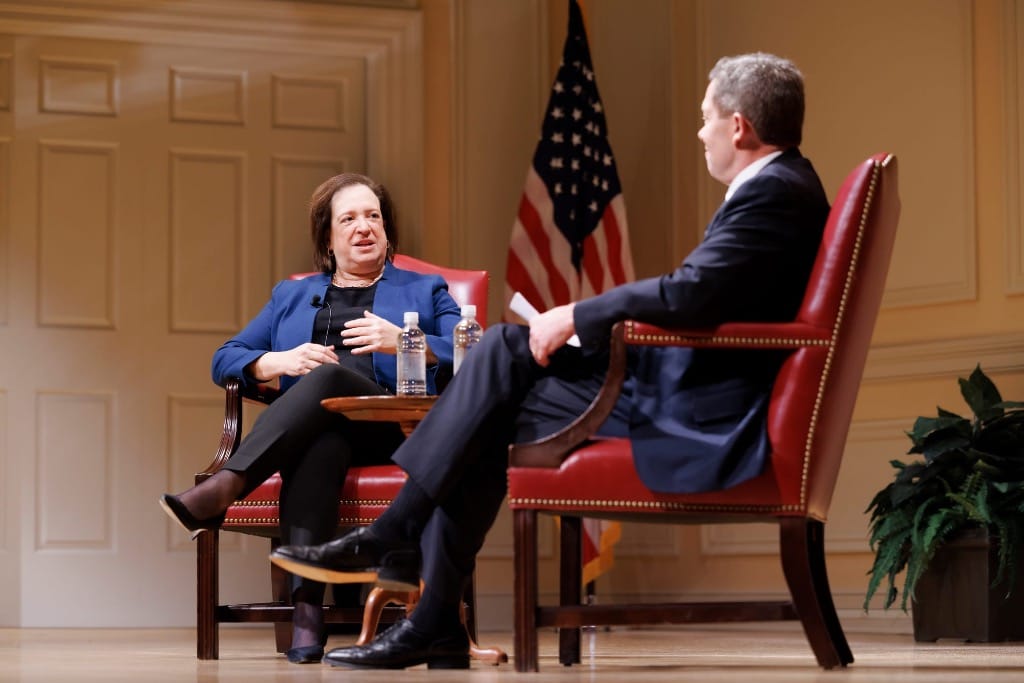
WASHINGTON, Feb. 21, 2025 – The Supreme Court unanimously ruled Friday that companies can face heightened penalties for false reimbursement claims to the Universal Service Fund’s E-Rate program, allowing a whistleblower fraud suit to move forward.
Wisconsin Bell, an AT&T subsidiary, had argued the False Claims Act (FCA), which calls for triple damages for fraudulently seeking government funds, didn’t apply to the USF because it’s funded by fees on telecom companies. The company was sued under the FCA by telecom auditor Todd Heath, who alleged Wisconsin Bell overcharged schools participating in E-Rate.
The court didn’t rule on whether all of the roughly $8 billion the USF spends every year was government money. The decision hinged on the fact that delinquent debt and penalties collected by the Justice Department for infractions were deposited into the fund from the Treasury.
“The requests at issue qualify as claims because, in the years they were submitted, the U. S. Treasury deposited money into the Fund for disbursement to those entitled to E-Rate subsidies,” Justice Elena Kagan wrote for the court.
The Schools, Health & Libraries Broadband Coalition cheered the ruling, calling it a win for schools and libraries that rely on E-Rate for connectivity. The program provides internet discounts for those institutions.
“By clarifying the applicability of the False Claims Act to E-rate reimbursements, the Court helps ensure that schools and libraries are able to obtain prices that are no higher than the rates charged to similarly situated customers,” SHLB Executive Director John Windhausen said in a statement. “This ruling helps improve the efficiency of the Universal Service Fund and the E-Rate program.”
Justices appeared inclined to stick to the Treasury contribution issue at oral arguments in November, which would resolve a circuit split while avoiding a more sweeping ruling on the status of all USF cash. Lawyers for both parties agreed such a decision could tee up more litigation over damages if Heath won on the merits, with Wisconsin Bell suggesting damages should be capped based on the relatively small portion of USF money – roughly $100 million over 12 years – coming from the Treasury.
“But those issues were not briefed in this Court, and in any event are a long way away. We therefore leave them for the courts below to decide, should it ever become necessary to do so,” Kagan wrote.
In a concurrence, Justice Clarence Thomas suggested he doubted the FCA would apply to the entirety of the USF. Heath and the government had argued it does, because federal law compels the quarterly USF payments from telecom companies. Justice Brett M. Kavanaugh joined Thomas.
“The political branches chose to separate the program from the public fisc,” he wrote. “Whatever the merits of that choice, I suspect it might carry consequences for the applicability of the FCA.”
In a separate brief concurrence which Thomas joined, Kavanaugh questioned whether private parties like Heath should be allowed to sue under the FCA.
The USF’s entire contribution scheme is being challenged in a separate case before the Supreme Court, with oral arguments scheduled for March 26.



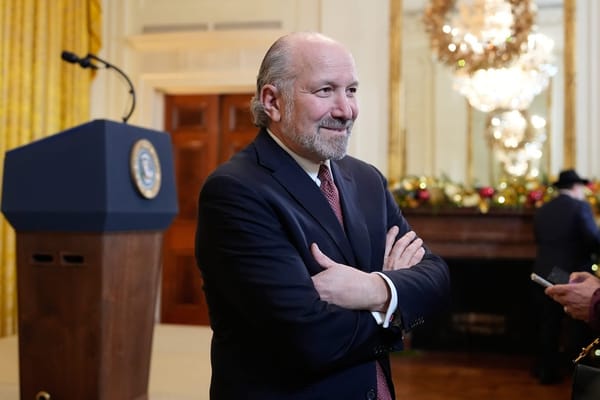
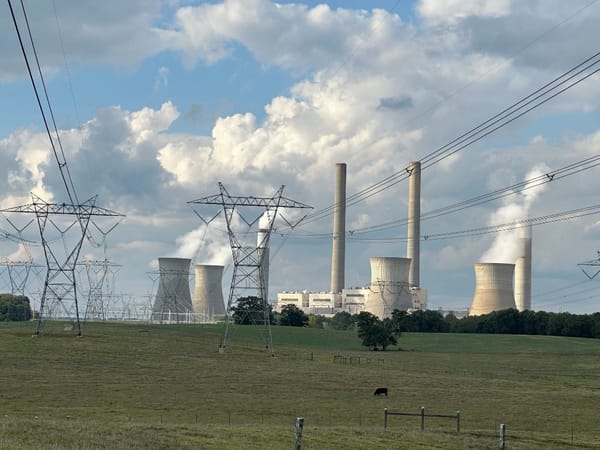
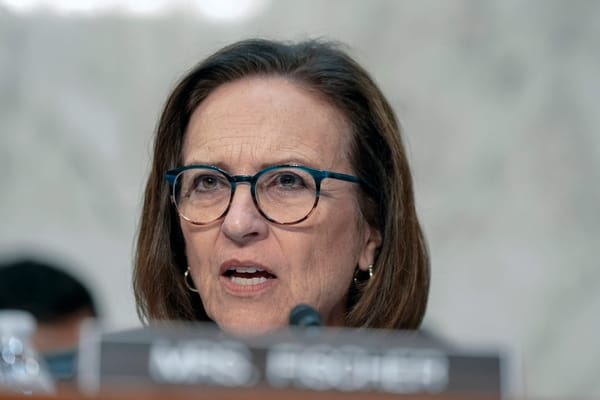
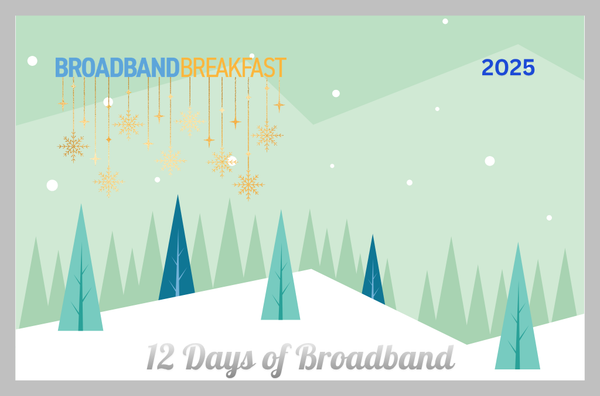
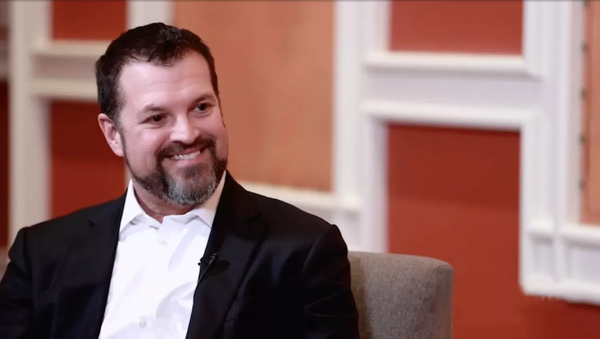
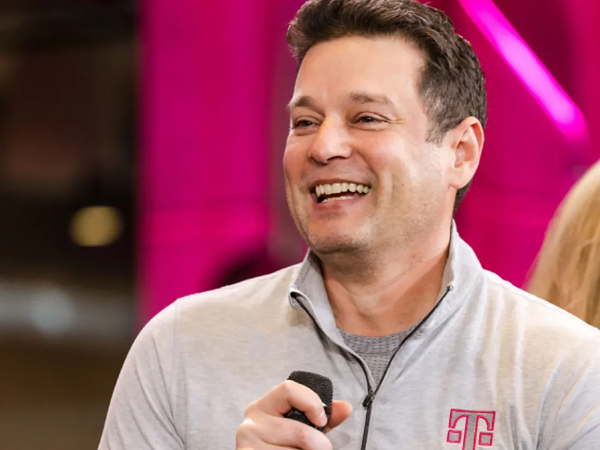
Member discussion